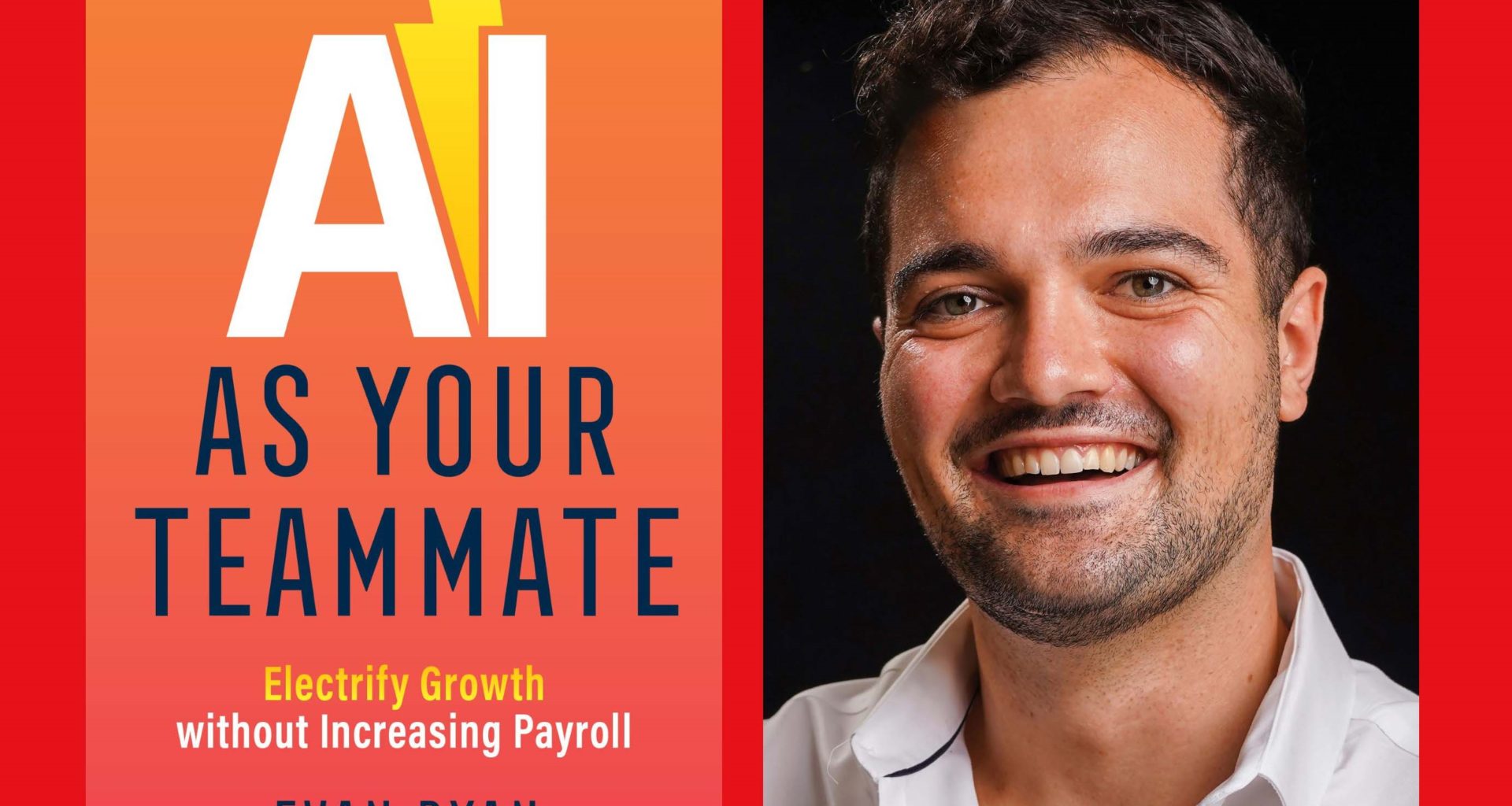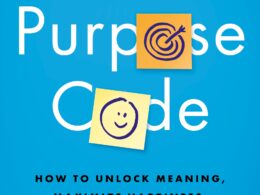The following is adapted from AI as Your Teammate by Evan Ryan. Copyright 2021 by Teammate Press.
There are so many AI tools out there that allow you to automate a multitude of tasks both large and small. But custom automation? That is where the rubber truly meets the road.
Once you give your team the liberty to create automations with tools like Zapier, they start to get a taste of what it’s like to automate small tasks. Often, when that happens, they’re ready to have entire business processes automated.
Sometimes, beginning AI adoption within your company through custom projects provides a great example of what’s possible for your employees. It gives your employees both inspiration and security to continue to automate their own jobs so they can create bigger and better value. Then, they can become self-automating.
Maybe you’re looking to serve your existing customers 5X faster, publish 5X more content, or acquire 5X more customers. Maybe you want to forecast 200 percent more accurately or increase teamwork and operational efficiency by 50 percent.
It doesn’t matter what is driving you and your employees to start custom automation. Whatever you want to achieve, there is a formula (which I’ll walk you through here) for doing it successfully.
Start with the activity log
All custom automations begin with the activity logs. The activity logs show you what tasks consistently need to be completed.
I suggest having your team keep a log of their job routine. It can be done on an Excel spreadsheet. Have them create five columns: Task, Why did you do that task?, Amount of time the task took to complete, Satisfaction with the task (using a scale of 1–5), and Number of times that task occurred this week.
Once your team has created their activity logs, have a process review team look at each team member’s log and group relevant tasks for each process. Average the satisfaction scores of the activities. The activities that take the most time and have the lowest satisfaction scores should be on your priority list.
Then, determine a best case/worst case ROI opportunity for each activity on your priority list. How many hours per year will each potential automation save your team? How much money could the new automation make? Start with whichever opportunity will have the biggest impact with the lowest risk.
Move to solution exploration
Once you’ve done that, it’s time to move on to the solution exploration phase. Begin by hiring a solution designer on a two-month contract with an option for more. This individual is your right-hand person throughout this particular project. They report directly to the CEO and leadership, and they are responsible for project success.
It’s important that the responsibility of this phase doesn’t fall on an existing member of your team. Your team is already swamped with work. Adding an AI project to their plate means it won’t get time dedicated to it, and more importantly, because it’s not their area of expertise, you may be compromising the project’s probability of success.
The employees currently doing the work that you’re looking to automate are your subject matter experts (SMEs). In a series of meetings, you, your leadership, and your SMEs will want to walk your solution designer through the automation opportunity at a high level while gradually moving toward the low-level processes.
The goal of solution exploration is to determine if AI is a suitable option to solve your problem. If it is, this phase’s deliverable is a complete process map of what will be automated. It should look strikingly like the standard operating procedure of the process but should also include bullet points for when you’d like AI to do the work, and when you’d like a human to do the work, as well as the difference in time/revenue/saved expenses from start to finish between now and when the AI is implemented.
Determine solution viability
Now, it’s time to see if building the solution is feasible. This is still up to the solution designer, possibly in consultation with an app developer. The key deliverable is a technical document of exactly how you’ll accomplish the tasks in the process map. Your AI team should be working on this relatively solo, with only brief consultation from you when they have questions.
Upon deliverability, have your design team come back to you with an estimation of the number of development hours it’ll take to complete the project, as well as the percentage of likelihood the project can be completed according to your specifications.
While you may not understand the technical document presented, you will understand the number of development hours they project and the percentage of likelihood it can be completed according to your exact requirements (as a general guideline, that percentage should be between 95 and 100).
Move forward with the automation
A large part of determining whether to proceed with the custom automation comes down to budget. Your solution designer should be able to provide a very rough budget estimate for you, which can then be refined as you move forward.
If the rough budget estimate makes sense, and you’ve reviewed the activity logs, explored solutions, and determined whether the proposed solution is viable, you’re ready for design. And, once you have made a preliminary decision on design, you can hire the team that will build your custom automation solution for you.






